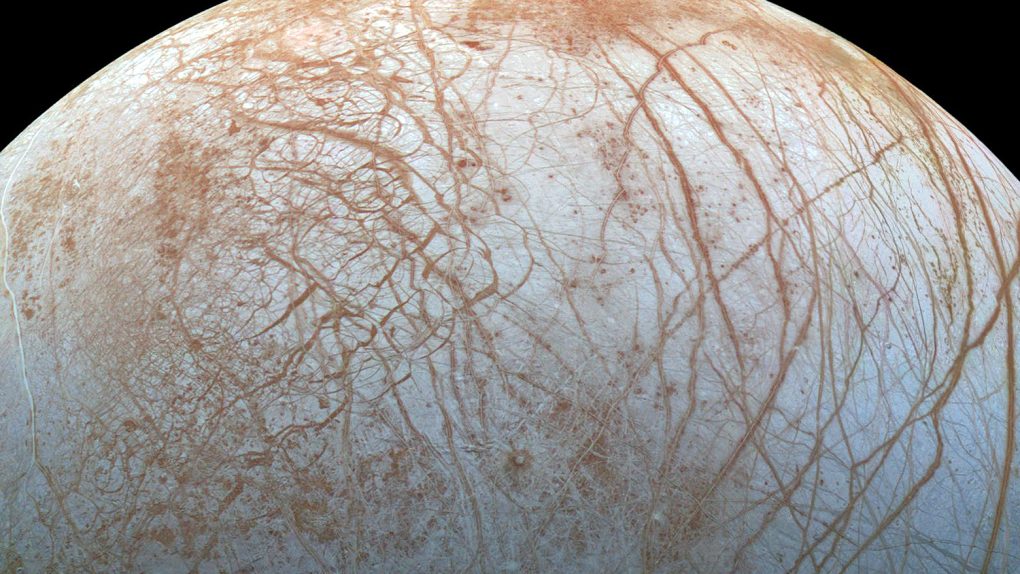- Space science researcher Gareth Dorrian runs down his top four worlds with the possibility of hosting life.
- Planets like Mars and icy moons like Europa could hold life in some form, though we don’t know yet what form they could take.
- Missions to most of these worlds are already either happening or are planned for the future.
It wasn’t long ago that most science fans had written off the possibility of finding life in our solar system. At the time it was already clear that Mars was a dusty, dry hellscape and that no other planet or Moon offered Earth-like conditions. In recent years, however, scientists have realized that extraterrestrial life may indeed exist within our system, we just have to know where to look.
Now, space science researcher Gareth Dorrian offers a rundown of the planets and other heavenly bodies that offer us the best odds of finding life within our own stellar neighborhood, and some of them may surprise you.
Dorrian’s first target is Mars, which is fairly predictable. Mars is indeed the most Earth-like planet in our system. It’s rocky and has at least a little bit of ice, and we know that it was once covered in liquid water to a large extent. Over billions of years, that all changed, but what was the planet like back then? Was it just water and rock, or did life thrive there?
Whatever the planet’s history, there’s a possibility that life in some form still exists on Mars. Subsurface lakes have been detected, and the planet has a habit of spewing methane clouds that wax and wane with the seasons, which could be a hint that life is still hiding out somewhere. It wouldn’t be the traditional “Martians” of science fiction, and would likely be microbial in nature, but even that would be a huge discovery.
Then comes the ice moons of Saturn and Jupiter: Enceladus and Europa. Both are covered in a thick layer of ice that, for a long time, was thought to be the extent of what the planet had to offer. However, upon closer inspection, it’s become clear that liquid water is abundant beneath the frosty shell. Tidal forces keep the water in a liquid state, and heat from deep within the planet may also be playing a role. If that’s true, life could exist there, even in the absence of sunlight.
The last world on Dorrian’s list is a bit of a shocker: Saturn’s largest moon, Titan. Titan is definitely an interesting place, but as far as life is concerned, it seems like a long shot. The moon has liquid lakes and rivers on its surface, but it’s not water that flows through them, it’s hydrocarbons like liquid methane and ethane chilled to very low temperatures. However, if the planet has liquid water deep down beneath its toxic surface, there’s a possibility that life exists there.








